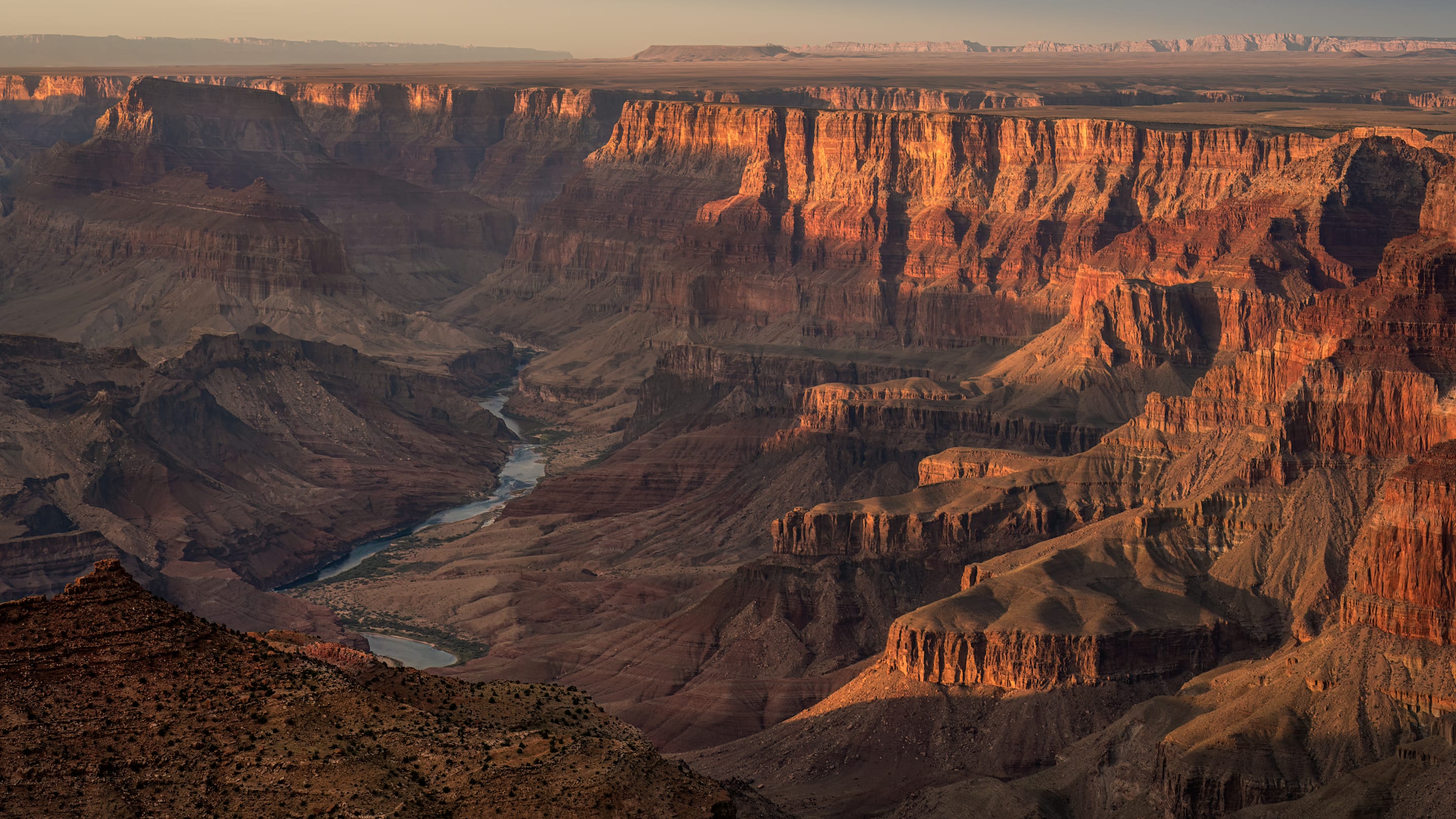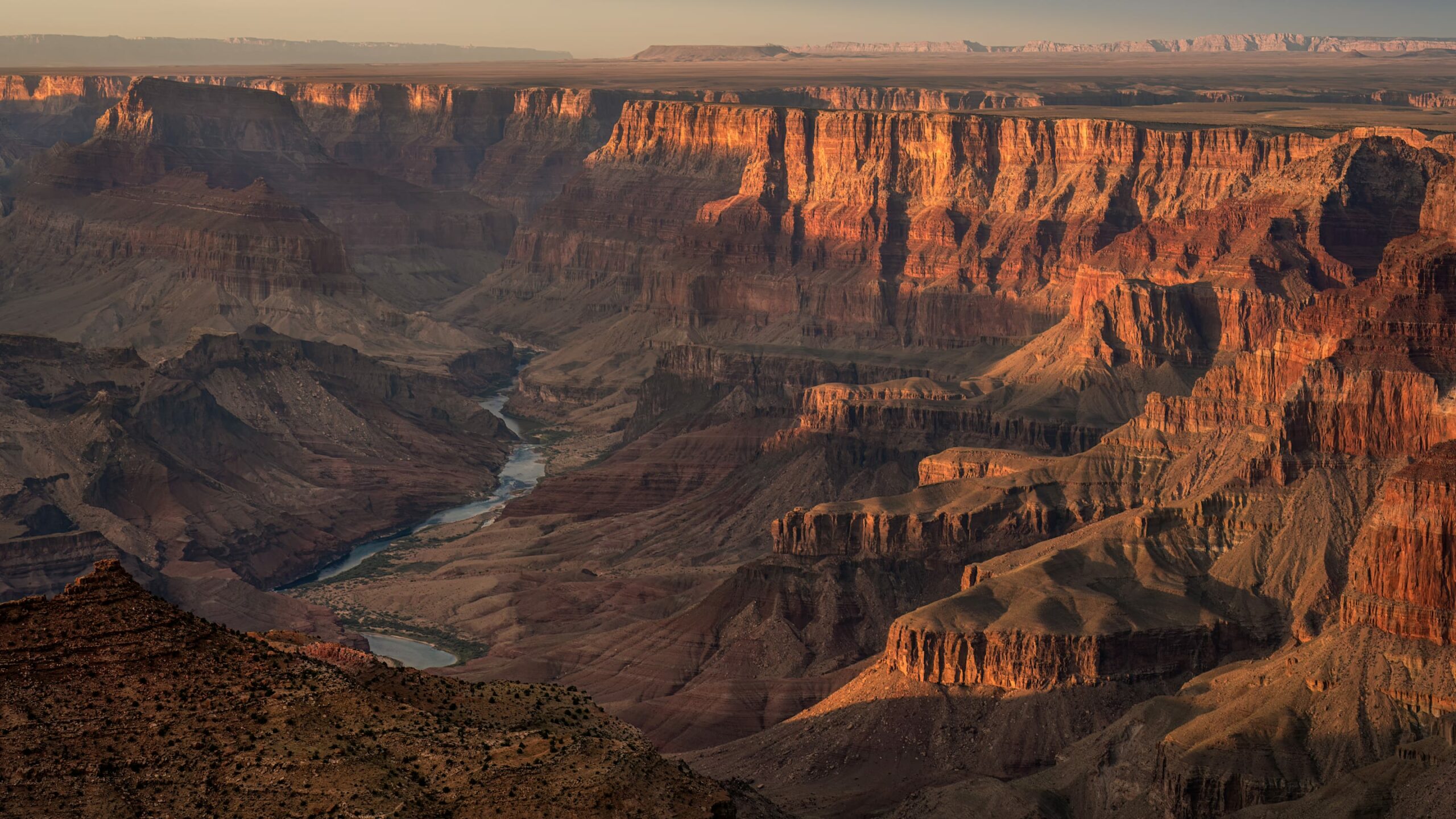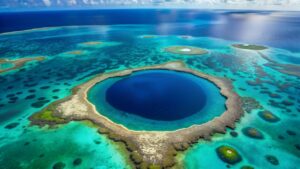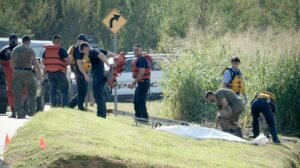“Exploring America’s Hidden Dangers: Unveiling the 10 Most Lethal National Park Destinations”
When you think of national parks, the images that spring to mind often include breathtaking landscapes, wildlife encounters, and perhaps, a sense of adventure bubbling just beneath the surface. But what about the hidden dangers lurking behind those stunning vistas? You might be surprised to learn that some parks are more perilous than they are picturesque. According to a recent study by Malloy Law Offices, certain parks have earned a less-than-glamorous reputation, ranking as the most fatal in America. From drowning incidents to slippery trails, the risks can turn a glorious day in nature into a tragedy in a heartbeat. So before you lace up your hiking boots and set off for a day of exploration, let’s dive into which breathtaking locations might double as hotspots for hazards. Ready to uncover the myth behind the beauty? LEARN MORE.

Although national parks are gorgeous places to connect with nature, they aren’t without risks. One misstep or wildlife encounter can spell disaster for an unsuspecting visitor. Some national park properties pose more dangers than others, and the law firm Malloy Law Offices recently shared which ones are most deadly.
The study examined public records of fatal incidents from the National Park Service (NPS) spanning 2014 to 2023. They reviewed every fatality type within national park boundaries to determine which ones were most common and then ranked properties based on the number of deaths. Malloy Law Offices’ analysis of deaths in U.S. national parks indicates that motor vehicle accidents, followed by drowning and slips, are the leading causes of death.
According to Malloy Law Offices, Lake Mead National Recreation Area, which spans parts of Nevada and Arizona, is the most dangerous national park property to visit, with 204 fatal incidents in a decade. Drowning is the most common type of death in this park, accounting for almost one-third of fatalities. You can prevent such accidents by wearing a life jacket and checking the weather before swimming.
Grand Canyon National Park trails behind, with 134 deaths between 2014 and 2023. Falls and medical emergencies were the most prevalent—which is not surprising, given the park’s sheer cliffs. The world-famous park also attracts many inexperienced hikers. Risky situations can be avoided by resting when tired, drinking water when thirsty, and carrying a first aid kit on hikes.
Yosemite National Park rounds out the top three deadliest national parks, as 125 people have died within its boundaries during the period studied. Fourty-two deaths have been linked to falls, likely owing to the area’s rugged terrain.
The chart below shows the riskiest national park properties in the U.S.:
| Ranking | National Park Property | Deaths from 2014 – 2023 |
|---|---|---|
| 1 | Lake Mead National Recreation Area | 204 |
| 2 | Grand Canyon National Park | 134 |
| 3 | Yosemite National Park | 125 |
| 4 | Great Smoky Mountains National Park | 99 |
| 5 | Blue Ridge Parkway | 97 |
| 6 | Natchez Trace Parkway | 96 |
| 7 | Glen Canyon National Recreation Area | 77 |
| 8 | Golden Gate National Recreation Area | 72 |
| 9 | Sequoia & Kings Canyon National Parks | 65 |
| 10 | Baltimore-Washington Parkway | 62 |
There are many ways to plan your next park visit to ensure it goes as smoothly and safely as possible. Smart precautions include packing the right gear and sticking together when traveling in groups. You may also want to follow these strangely specific national park rules you probably haven’t heard of.
Read More About National Parks:

Auto Amazon Links: No products found.













